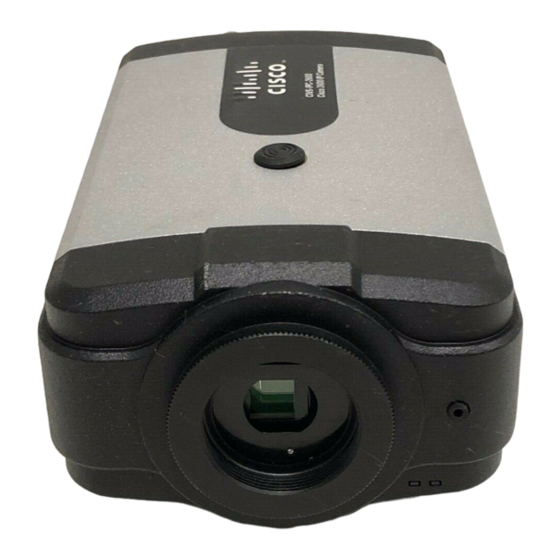Caller ID on Cisco 2600 and 3600 Series Routers and Cisco MC3810 Multiservice Concentrators
Troubleshooting Tips
If you have caller-ID problems on telephones connected to FXS ports, the following tips may be helpful:
Try a different brand of phone to confirm that the problem is not caused by a malfunctioning or
•
incompatible caller ID telephone.
•
Ensure that the cptone command is set correctly to reflect your locale.
•
If the call time display is incorrect, check the router clock setting. An NTP network time server is
recommended for accurate display of the local time.
•
If expected information is not displayed, use the show call history command to make sure that the
information that the router received during the call setup is complete.
•
The line voltage available on FXS voice ports of the Cisco MC3810 multiservice concentrator and
Cisco 2600 and 3600 series routers is –24V. Some phones, particularly those manufactured by Bell
South, do not recognize –24V caller-ID signaling. On a Cisco MC3810 multiservice concentrator,
use the idle-voltage high voice-port configuration command to boost the voltage on an FXS port.
If you have caller-ID display problems on FXO ports, the following tips may be helpful:
Disconnect the router from the phone line and attach a caller-ID equipped telephone to verify that
•
the CO is sending caller-ID information:
Use the show call history command to check the information received by the caller ID receiver.
•
The following debug commands may be useful for analyzing problems:
debug vpm signal
•
•
debug vtsp dsp
•
debug vtsp session
Note
Specific hardware is required to provide full support for the Caller ID features. To
determine support for these features in your configuration, review the appropriate hardware
documentation and data sheets. This information is available on Cisco.com.
Listen and watch to see when the caller-ID information is displayed: before the first ring, after
–
the first ring, or after the second ring?
Make sure that the router configuration matches the timing of the display. If the phone is
–
answered during the first ring, does this cause the phone not to display the caller-ID
information? If so, the CO may be sending the caller-ID information after the first ring,
requiring a change to a caller-ID alerting setting. Make sure the router is not configured to
answer the call on the FXO before the Caller ID-information is received. If needed, increase the
number of rings required before answering.
Caller ID Configuration Task List
Cisco IOS Voice, Video, and Fax Configuration Guide
VC-823

